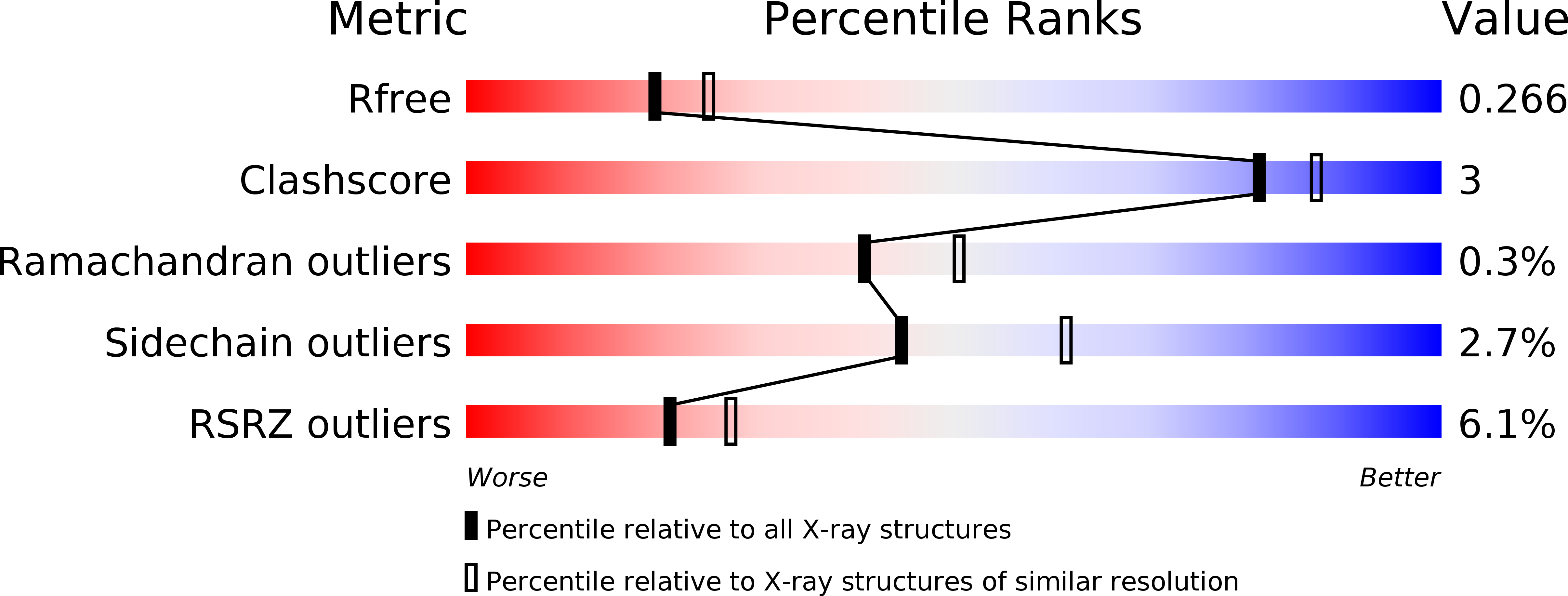
Deposition Date
2020-01-01
Release Date
2020-05-06
Last Version Date
2024-01-24
Method Details:
Experimental Method:
Resolution:
2.30 Å
R-Value Free:
0.26
R-Value Work:
0.22
R-Value Observed:
0.23
Space Group:
P 1


